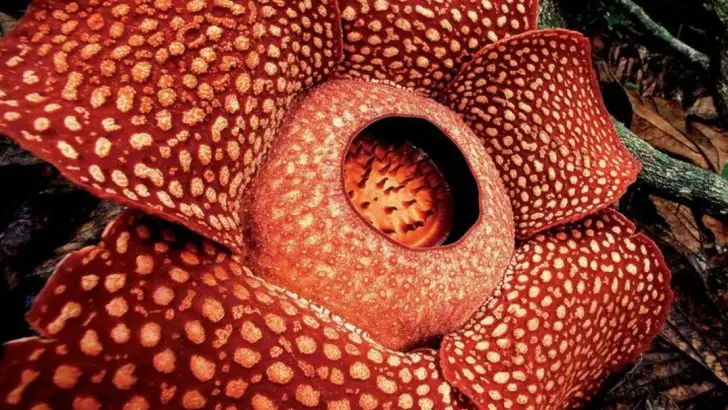Some plants have taken evolutionary ingenuity to the next level, developing unique traits that help them survive and thrive in even the harshest conditions. From defensive adaptations to unusual reproductive methods, these plants have outsmarted the forces of nature to ensure their continued existence.
In this article, we explore 15 plants that have outsmarted evolution. Whether it’s the carnivorous plants that trap their prey, desert plants that store water in unexpected ways, or self-pollinating flowers that don’t rely on the wind or insects, these plants have developed mind-blowing survival tactics. If you’re fascinated by the genius of nature, these botanical wonders will leave you in awe!
Lithops
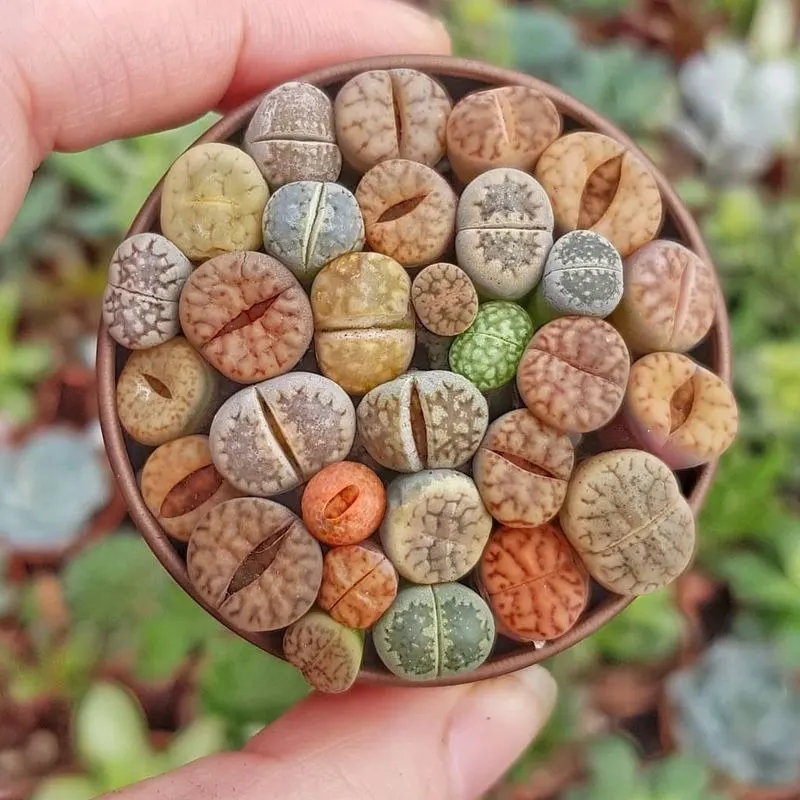
In the arid deserts of Africa, Lithops plants blend seamlessly with their surroundings. Their stone-like appearance is a masterstroke in camouflage, ensuring they go unnoticed by herbivores. These ‘living stones’ only reveal their true nature during blooming, when vibrant flowers emerge. This stealthy adaptation not only protects them from predators but also conserves water, essential in their harsh habitat. With roots firmly in the ground, they absorb morning dew, making every drop count. Lithops exemplify how blending in can be a survival secret, turning the ordinary into the extraordinary.
Venus Flytrap
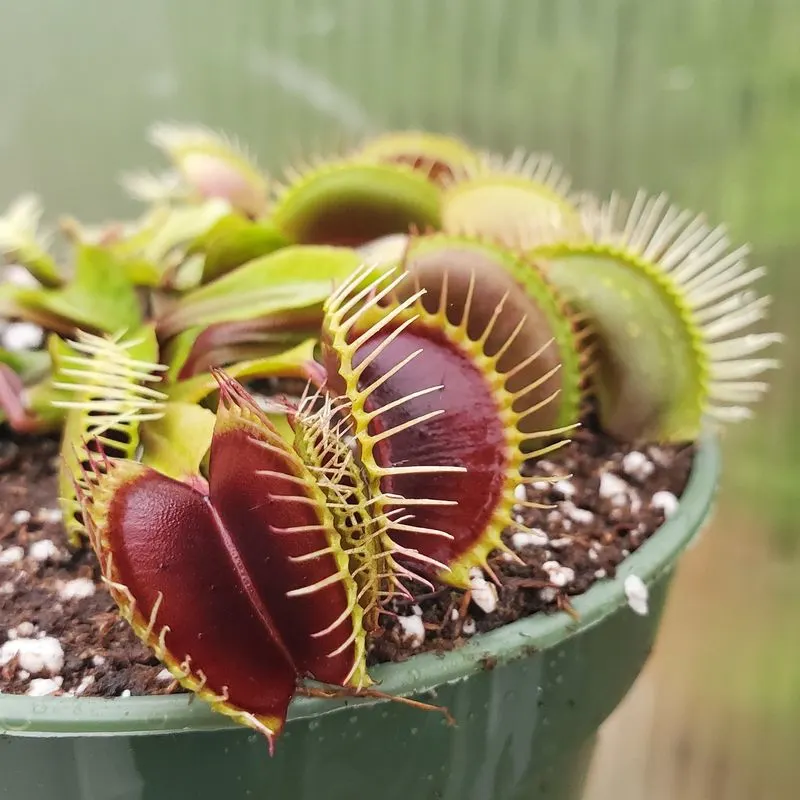
The Venus Flytrap is nature’s answer to a carnivorous predator. Nestled in nutrient-poor soils, it relies on its snap-trap mechanism to capture insects. Sensitive hair-like structures trigger a rapid closure, trapping prey with precision. This ingenious method supplements its diet with essential nutrients. Once caught, the plant secretes digestive juices to break down its meal. This efficient nutrient acquisition strategy highlights the plant’s adaptability in a challenging environment. The Venus Flytrap’s quick reflexes and digestive prowess exemplify evolutionary ingenuity in the plant kingdom.
Rafflesia arnoldii

Known for producing the largest flower, Rafflesia arnoldii is a master of deception. It emits a foul odor reminiscent of rotting flesh, attracting carrion flies for pollination. Without leaves, stems, or roots, it’s a parasite, merging with host vines for sustenance. This relationship allows it to conserve energy for reproduction. The flower’s lifecycle, hidden underground, culminates in a spectacular bloom. Rafflesia arnoldii showcases nature’s creativity in survival through partnership and mimicry, thriving where others might falter. Its impressive bloom is both a wonder and a testament to adaptive evolution.
Mimosa Pudica
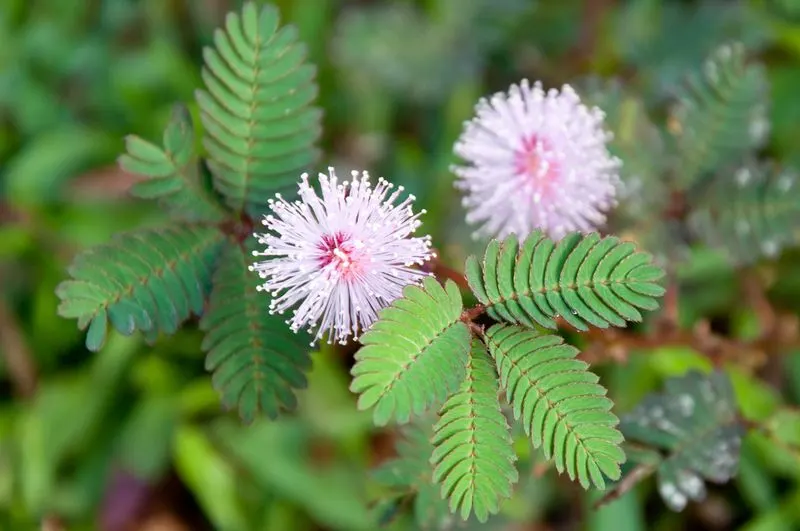
Mimosa Pudica, or the ‘sensitive plant’, captivates with its swift response to touch. This rapid leaf-folding mechanism is a defense strategy against herbivores. When disturbed, the plant’s leaves collapse, creating the illusion of a dead or unappetizing meal. This movement, powered by changes in cell pressure, serves as a deterrent. Beyond defense, the plant’s sensitivity aids in water conservation by minimizing exposure during adverse conditions. Mimosa Pudica’s touch-triggered movements highlight a unique evolutionary pathway, blending defense with environmental adaptation in a graceful botanical dance.
Pitcher Plant
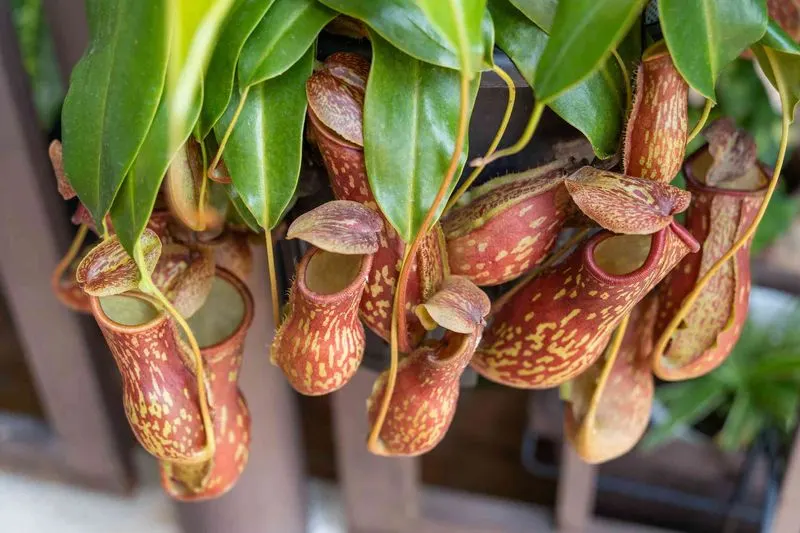
Pitcher plants lure prey with sweet nectar and vibrant colors. Their specialized leaves form deep cavities filled with digestive fluids, a cunning trap for unsuspecting insects. Once inside, the slippery walls prevent escape, ensuring a meal for the plant. This adaptation compensates for nutrient-poor soils by supplementing their diet with captured prey. The plant’s ingenious design reflects a fascinating co-evolution with its environment, showcasing a perfect blend of form and function. It’s a vivid example of nature’s problem-solving capabilities and the lengths plants will go to ensure survival.
Welwitschia mirabilis
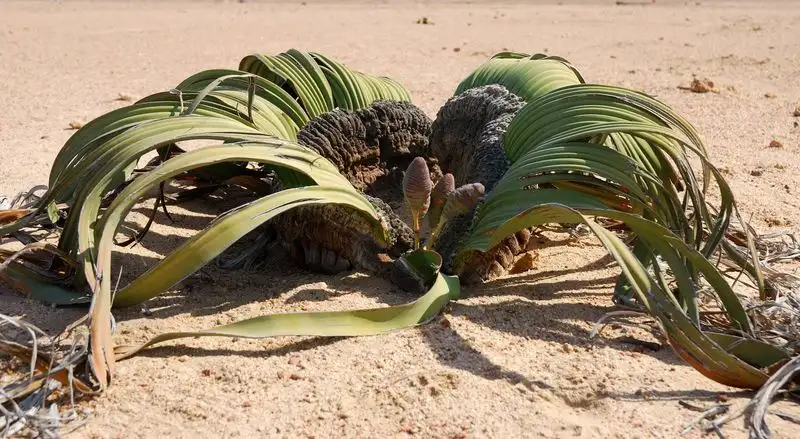
In the desolate Namib Desert, Welwitschia mirabilis stands out with its peculiar form and resilience. Its long, strap-like leaves continuously grow, gathering moisture from fog and dew. This adaptation allows it to endure extreme aridity and temperature fluctuations. With roots extending deep into the ground, it taps into scarce water reserves. The plant’s longevity—living for centuries—is a testament to its evolutionary brilliance. Welwitschia mirabilis thrives in an environment that seems inhospitable, illustrating how life can persist against the odds with ingenious adaptations.
Sundew
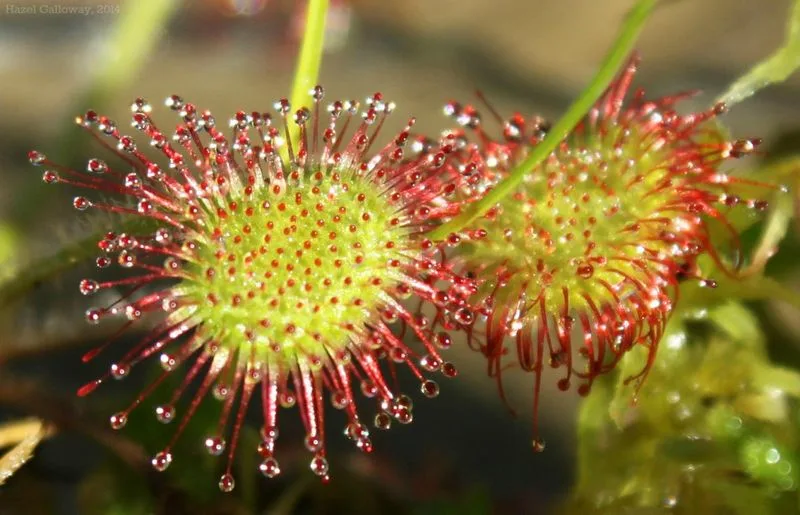
The Sundew is an expert in entrapment, using its sticky ‘dew’ to catch insects. This enticing trap glistens in the sun, attracting curious prey. Once an insect lands, the sticky substance ensnares it, and the plant’s tentacles slowly curl to secure the catch. The Sundew secretes enzymes to digest its meal, absorbing nutrients otherwise unavailable in its boggy habitat. This captivating plant shows how resourceful nature can be, transforming a nutrient-poor environment into an opportunity. The Sundew’s sticky embrace represents a unique and effective evolutionary solution.
Baobab Tree
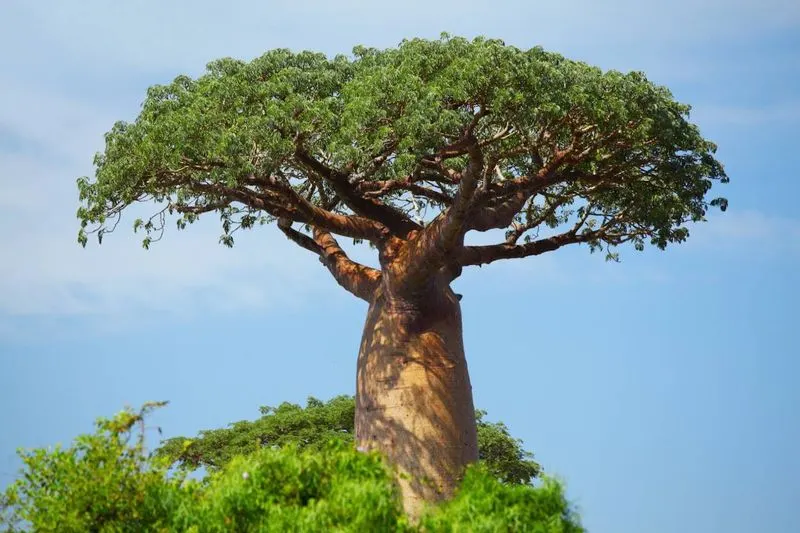
The Baobab tree, an icon of the African landscape, is a marvel of adaptation. Its massive trunk serves as a water reservoir, storing thousands of liters to survive dry spells. This adaptation enables it to thrive where few others can. During droughts, the Baobab sheds leaves to reduce water loss, focusing energy on survival. Its unique silhouette, with sparse branches, maximizes sunlight absorption. The Baobab’s strategies exemplify survival through resourcefulness, turning scarcity into strength. It’s a living testament to the power of adaptation, standing resilient in the face of environmental challenges.
Corpse Flower
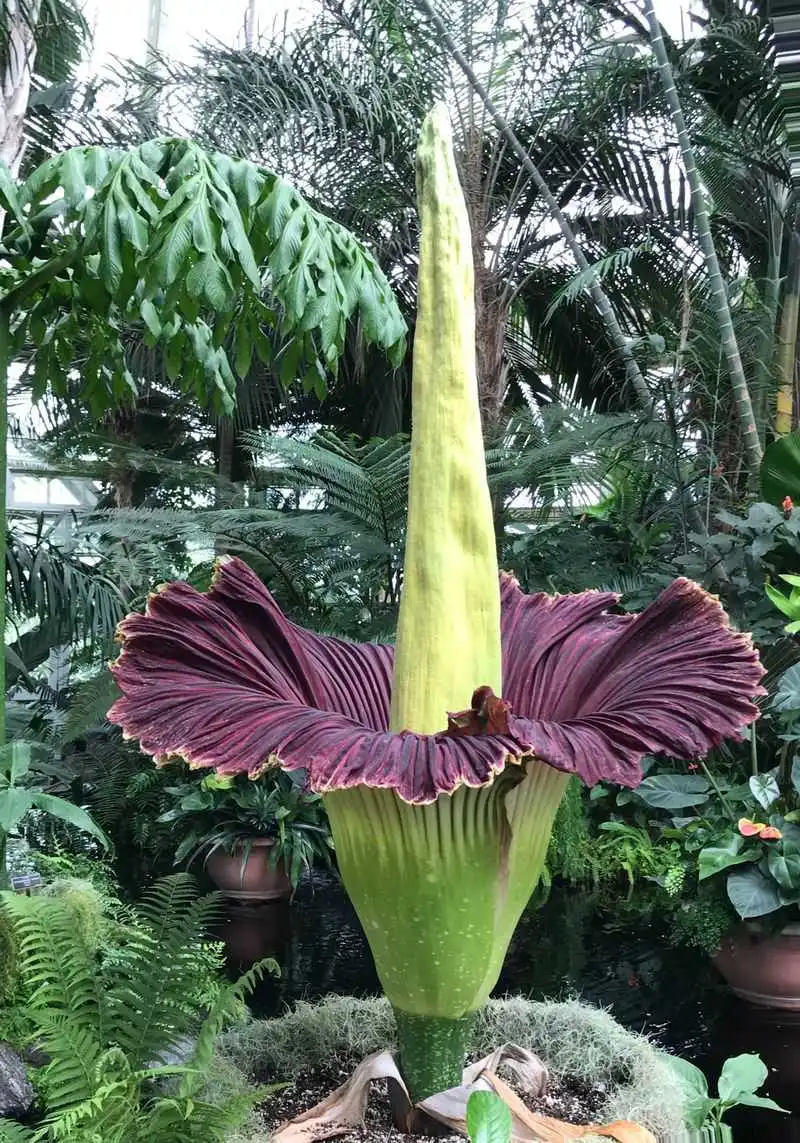
The Corpse Flower, infamous for its odor, uses smell to attract pollinators. Its putrid scent mimics decaying organic matter, drawing carrion beetles and flies. This olfactory illusion is crucial for reproduction, as these insects become unwitting pollinators. The flower’s towering spadix generates heat, enhancing scent dispersion. This rare blooming event is a spectacle, showcasing the plant’s unique reproductive strategy. Despite its unpleasant aroma, the Corpse Flower’s ability to thrive on deception and mimicry is a fascinating example of evolutionary adaptation. It stands as a botanical marvel, defying conventional beauty.
Cactus
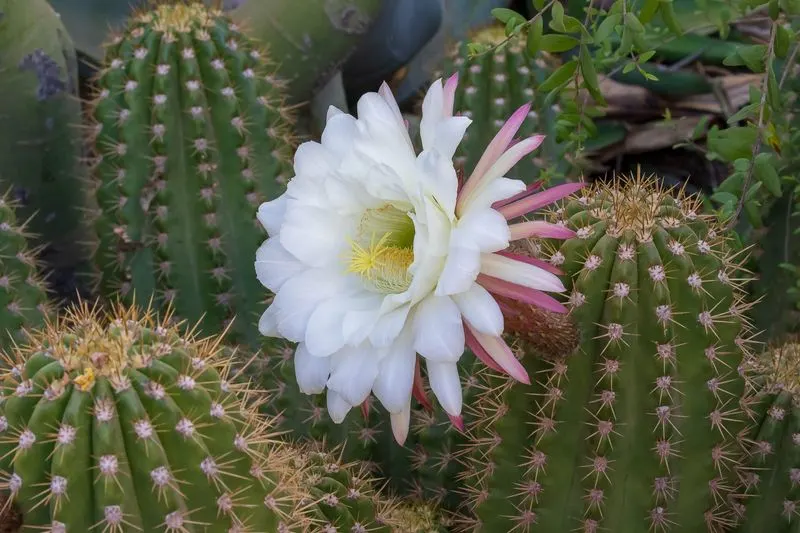
Cacti embody desert survival, utilizing innovative adaptations to conserve water. Their thick, waxy skin minimizes evaporation, while spines offer shade and defense. These adaptations are vital in an environment where water is scarce. By storing water in fleshy stems, cacti ensure a steady supply during droughts. Their shallow roots rapidly absorb moisture from rare rains. These strategies underscore the cactus’s resilience and efficiency, turning harsh conditions into a competitive advantage. Cacti are emblematic of nature’s ability to adapt and thrive in the most challenging environments, showcasing strength in adversity.
Strangler Fig
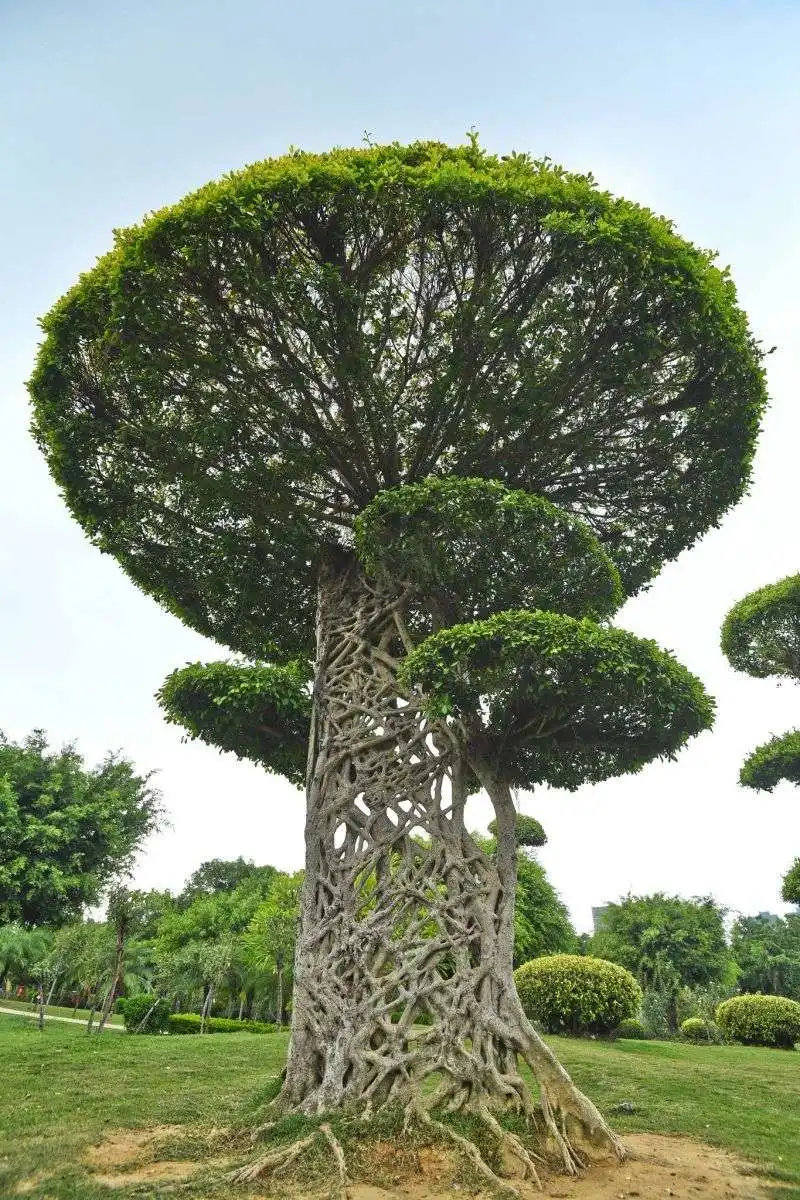
The Strangler Fig begins life as an epiphyte, growing on other trees to reach sunlight. Its aerial roots descend and envelop the host, eventually outcompeting it for nutrients. This strategy allows it to thrive in crowded rainforests where competition for light is fierce. The host tree often dies, leaving the fig standing tall. This method of growth is both ruthless and efficient, showcasing a complex interaction with its environment. The Strangler Fig’s ability to adapt and dominate its niche illustrates the cutthroat nature of evolution, where survival is paramount.
Water Lilies
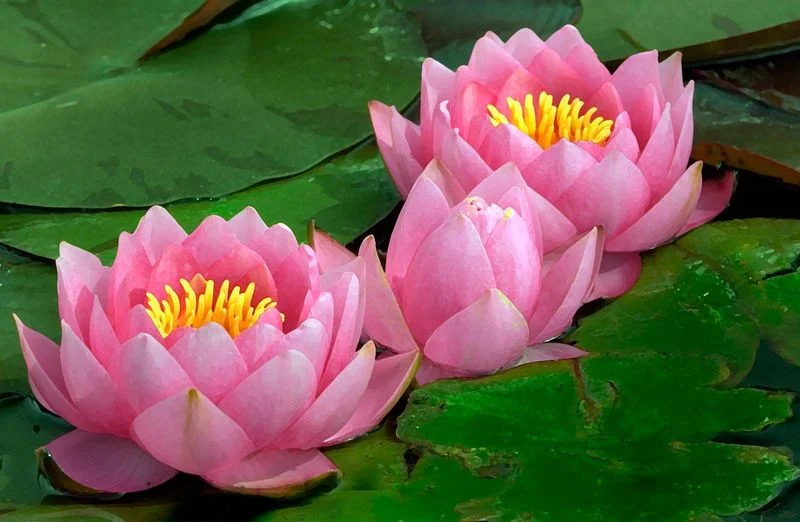
Water lilies are masters of aquatic adaptation, thriving in waterlogged environments. Their flat leaves float on the water’s surface, maximizing sunlight capture for photosynthesis. Flexible stems allow them to adjust to changing water levels. The roots anchor in the soil, stabilizing the plant. This adaptability enables water lilies to inhabit diverse aquatic habitats, from ponds to slow-moving rivers. Their captivating blooms attract pollinators, while the floating leaves provide shelter for aquatic life. Water lilies demonstrate how plants can thrive by capitalizing on available resources, turning challenges into opportunities in a watery world.
Bamboo
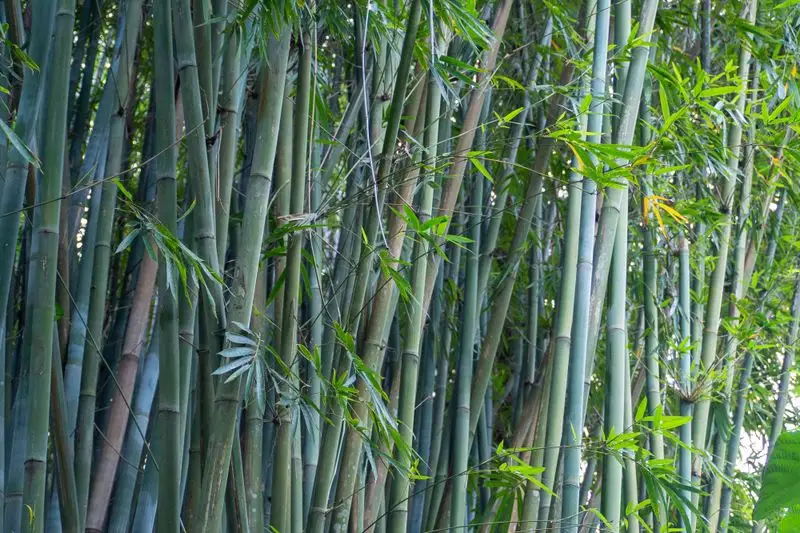
Bamboo’s rapid growth and flexibility are key to its success. It can grow several feet in a single day, quickly colonizing spaces. Its hollow, segmented structure provides strength and resilience, bending rather than breaking in strong winds. This adaptability makes bamboo a dominant plant in various ecosystems, from tropical forests to temperate zones. Its ability to thrive in diverse conditions reflects a winning evolutionary strategy. Bamboo’s rapid growth and structural innovations highlight how plants can adapt to environmental pressures, ensuring survival and dominance in competitive landscapes.
Tumbleweed
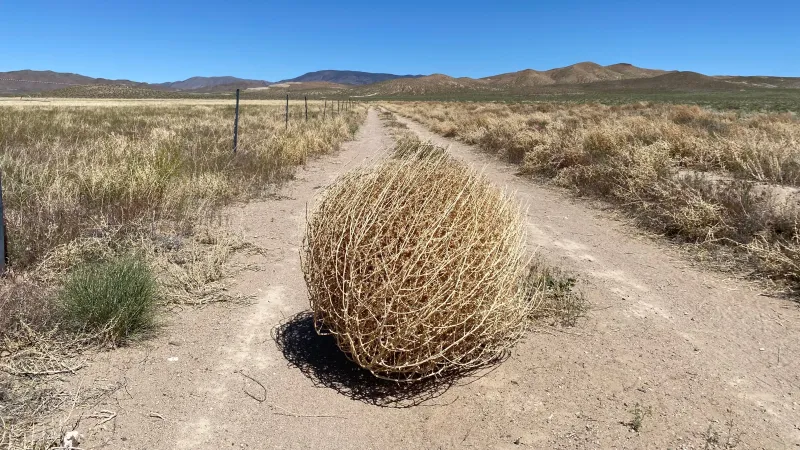
Tumbleweeds epitomize mobility in plant survival. As they mature, these plants detach from their roots, carried by the wind across open landscapes. This movement disperses seeds over vast distances, maximizing chances of germination in new locations. The tumbleweed’s structure is lightweight yet robust, designed for efficient travel. By spreading seeds widely, they capitalize on new opportunities, ensuring species propagation. Tumbleweeds showcase the role of mobility in plant evolution, turning the wind into an ally. Their journey across lands reflects a unique strategy in the plant world, highlighting adaptability and resilience.
Seaweed
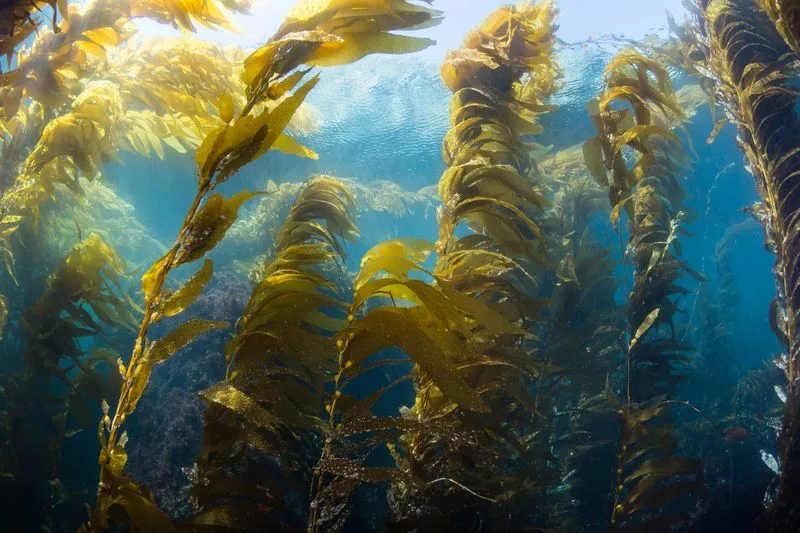
Seaweed thrives in marine environments, adapting to life submerged in saltwater. Its flexible structure withstands the ebb and flow of tides, anchored by holdfasts to rocks. Through photosynthesis, it converts sunlight into energy, supporting rich marine biodiversity. Seaweed’s ability to absorb nutrients directly from water highlights an efficient adaptation to its aquatic habitat. This plant’s role in coastal ecosystems is crucial, providing habitat and food for marine life. Seaweed’s evolutionary success in the ocean showcases nature’s ingenuity, transforming the challenges of underwater life into opportunities for growth and contribution.

